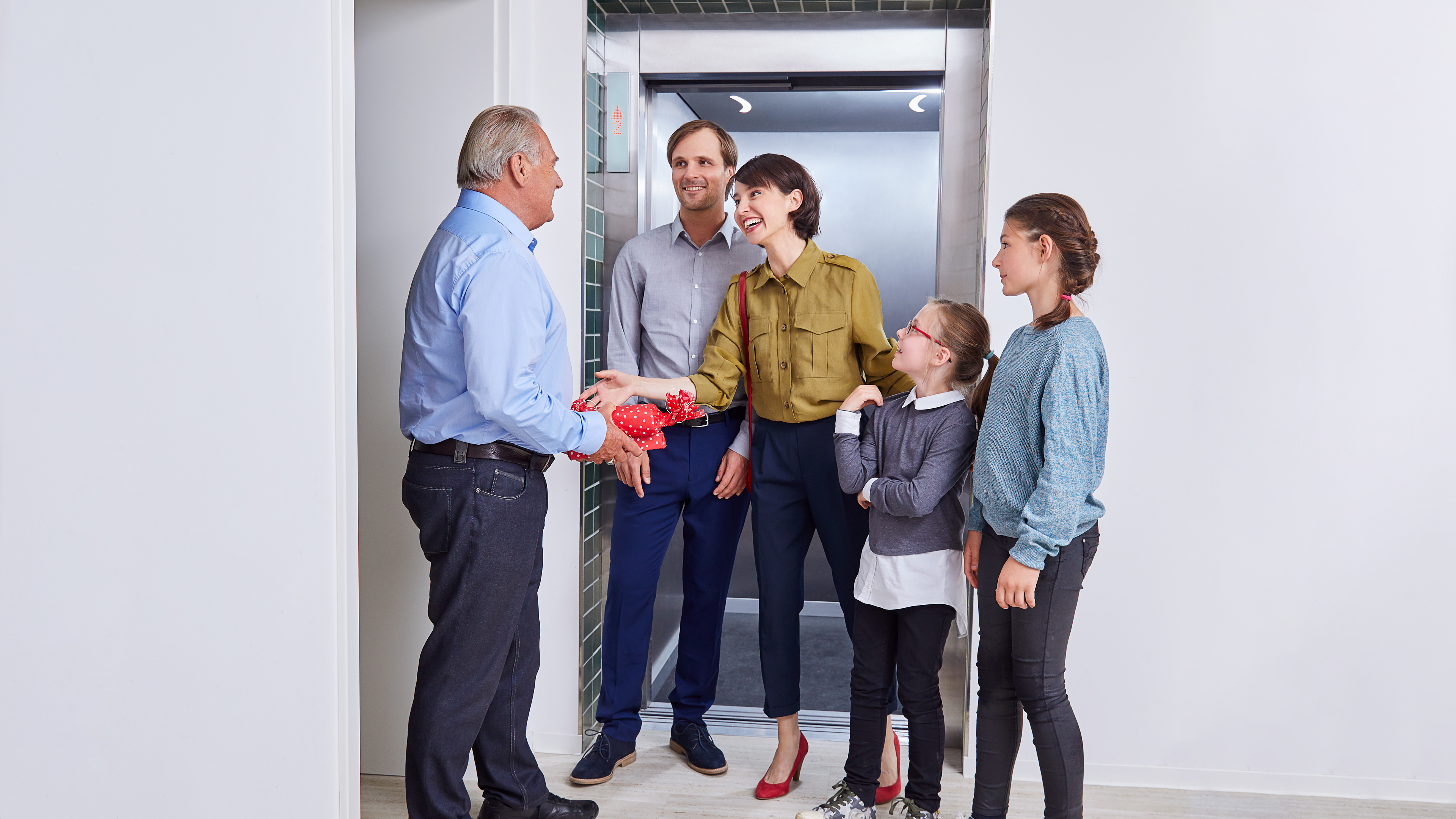Compare Disabled Platform Lifts Prices UK: Affordable Options for each Need
Compare Disabled Platform Lifts Prices UK: Affordable Options for each Need
Blog Article
Exploring the Globe of Elevators: Common Problems Faced by Different Lift Devices
As we browse via the upright transportation systems of modern-day buildings, elevators stand out as an important element of our daily lives. From hydraulic lifts to grip systems and machine-room-less layouts, each lift type comes with its set of typical problems.
Hydraulic Lifts
Hydraulic elevators, commonly preferred for low-rise structures, utilize fluid stress to manage the activity of the elevator auto (lift repair companies). This device entails a hydraulic pump pushing oil right into a cylinder, triggering the elevator to relocate in the wanted instructions. While hydraulic lifts are understood for their quiet and smooth operation, they do include their own set of typical problems
One prevalent issue with hydraulic lifts is oil leakage. The seals in the hydraulic system can break over time, causing oil seepage. This not just develops a mess yet can likewise affect the lift's performance if left unaddressed. Furthermore, concerns with the control system, such as damaged shutoffs or a malfunctioning pump, can trigger disruptions in the elevator's activity.
Normal maintenance and prompt repair services are necessary to ensure the smooth functioning of hydraulic lifts. By addressing these typical concerns proactively, building owners can decrease downtime and make certain the safety and security and effectiveness of their upright transport system.
Grip Lifts
When considering upright transportation systems in buildings, another common type in addition to hydraulic elevators is the traction elevator. Traction elevators run making use of a system of ropes and counterweights that relocate the elevator automobile by clutching onto the hoist ropes. This system enables smoother and quicker upright transport compared to hydraulic systems.
Among the common problems encountered by traction lifts is rope wear. The constant motion of the ropes within the grip system can bring about tear and wear gradually, possibly causing the lift to malfunction or become dangerous for usage. Routine examinations and maintenance of the ropes are important to make sure the elevator's proper functioning and safety.
Another problem that traction lifts may encounter is connected to the control system. Issues with the control system can bring about problems such as erratic motion, hold-ups in feedback times, or perhaps full closures. Routine testing and upkeep of the control system are important to avoid such concerns and guarantee the elevator's reliability.
Machine-Room-Less (MRL) Lifts

Among the vital elements of MRL lifts is the portable gearless traction device that is mounted within the hoistway. This device effectively drives the lift cars and truck without the demand for bulky devices discovered in traditional grip elevators. In addition, MRL lifts commonly use a counterweight system to balance the automobile, more boosting their power performance.
In spite of their benefits, MRL lifts might encounter obstacles associated to repair and maintenance because of the restricted area for equipment installation. Accessibility for servicing elements within the shaft can be limited, needing specialized training for technicians. Proper upkeep schedules and routine evaluations are critical to guarantee the ongoing smooth procedure of MRL elevators.
Overloading and Weight Limitation Issues
Straining and weight restriction concerns are essential issues in lift operations. Elevator producers lift repair near me design raises with details weight abilities to make sure guest safety and equipment longevity.
When lifts are overwhelmed, it puts too much lift repair near me strain on the electric motor, cable televisions, and various other elements, possibly creating failures or malfunctions. Safety and security systems such as sensing units and overload sensors are in location to avoid lifts from relocating if they detect excess weight. Additionally, exceeding weight restrictions can lead to enhanced energy usage and wear and tear on the lift system.
To alleviate overwhelming problems, developing managers should prominently present weight limitations in elevators and inform owners on the importance of adhering to these constraints - lift repair companies. Regular upkeep checks by qualified technicians can likewise aid guarantee that lifts are operating within risk-free weight criteria. By dealing with overloading and weight restriction concerns proactively, structure proprietors can improve lift security and efficiency
Electric System Failings
Exceeding weight limits in elevators can not only lead to mechanical problems however likewise potentially add to electric system failures within the lift facilities. Electric system failings are an important concern in elevator procedure, as they can create unforeseen shutdowns, malfunctions, or even safety and security risks.
Moreover, power surges or fluctuations in the electric supply can additionally interrupt the lift's operation, influencing its efficiency and safety and security. These electrical disturbances can harm delicate elevator parts such as control panels, motherboard, or sensing units, bring about system failings. Routine maintenance and examinations are crucial to determine and deal with prospective electrical problems immediately, guaranteeing the reliable and secure procedure of lift systems. By sticking to weight limits and conducting regular electric system checks, structure owners can reduce the risk of electrical failings in elevators.
Verdict

Hydraulic lifts, frequently favored for low-rise buildings, use fluid pressure to manage the motion of the lift vehicle.When thinking about upright transport systems in structures, one more common type aside from hydraulic elevators is the traction elevator. Traction elevators run making use of a system of ropes and counterweights that relocate the lift vehicle by lift companies in London gripping onto the hoist ropes. Unlike typical elevators that require a separate device room to house the devices, MRL elevators incorporate many of the components within the shaft, getting rid of the requirement for a committed machine area.In verdict, lifts deal with common concerns such as hydraulic breakdowns, traction system failings, and electrical system troubles.
Report this page